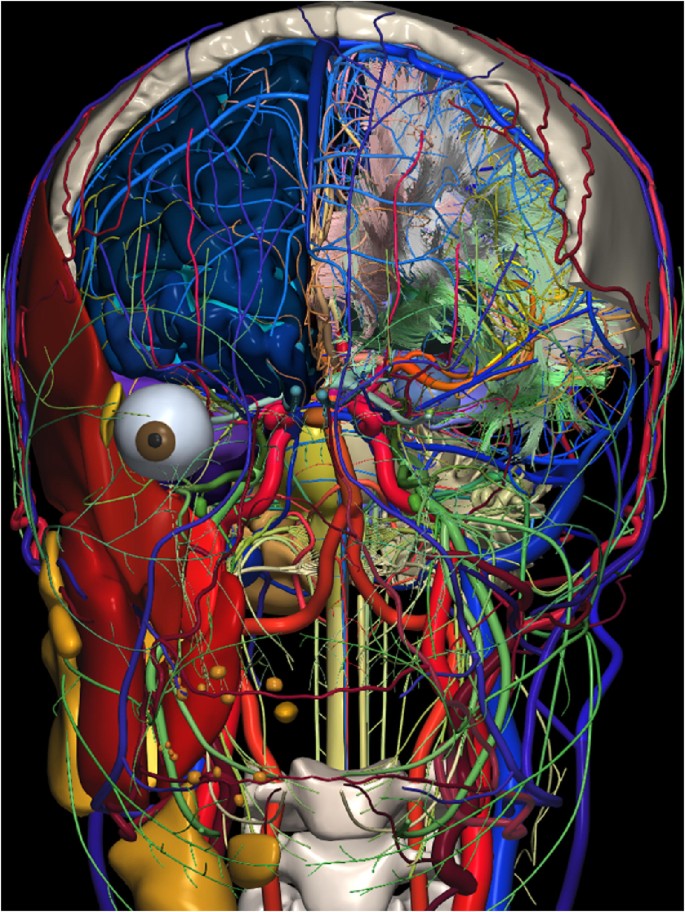

Grid-like processing of imagined navigation. Horner, A.J., Bisby, J.A., Zotow, E., Bush, D. Evidence for grid cells in a human memory network. Human hippocampus represents space and time during retrieval of real-world memories. Nielson, D.M., Smith, T.A., Sreekumar, V., Dennis, S. An event map of memory space in the hippocampus. Decoding neuronal ensembles in the human hippocampus. Distances between real-world locations are represented in the human hippocampus. Morgan, L.K., Macevoy, S.P., Aguirre, G.K. An association between human hippocampal volume and topographical memory in healthy young adults. Hippocampal size predicts rapid learning of a cognitive map in humans. Schinazi, V.R., Nardi, D., Newcombe, N.S., Shipley, T.F. Acquiring “the Knowledge” of London's layout drives structural brain changes. Human hippocampal CA1 involvement during allocentric encoding of spatial information. Suthana, N.A., Ekstrom, A.D., Moshirvaziri, S., Knowlton, B. Cognitive mappers to creatures of habit: differential engagement of place and response learning mechanisms predicts human navigational behavior. Cognitive strategies dependent on the hippocampus and caudate nucleus in human navigation: variability and change with practice. Iaria, G., Petrides, M., Dagher, A., Pike, B. The well-worn route and the path less traveled: distinct neural bases of route following and wayfinding in humans. Solving the detour problem in navigation: a model of prefrontal and hippocampal interactions. Thoughts, behaviour, and brain dynamics during navigation in the real world. A cortical representation of the local visual environment. Knowing where and getting there: a human navigation network. Mental navigation along memorized routes activates the hippocampus, precuneus, and insula. The parahippocampus subserves topographical learning in man. Similarity in form and function of the hippocampus in rodents, monkeys, and humans. Vectorial representation of spatial goals in the hippocampus of bats. Remembering the past and imagining the future: a neural model of spatial memory and imagery. The head direction signal: origins and sensory-motor integration. Path integration and the neural basis of the 'cognitive map'. McNaughton, B.L., Battaglia, F.P., Jensen, O., Moser, E.I. The representation of space in the brain. Can we reconcile the declarative memory and spatial navigation views on hippocampal function? Neuron 83, 764–770 (2014).īuzsáki, G. The Hippocampus as a Cognitive Map (Clarendon, Oxford, 1978).Įichenbaum, H. Preliminary evidence from unit activity in the freely-moving rat. We also discuss how these three basic elements of cognitive map based navigation-spatial coding, landmark anchoring and route planning-might be applied to nonspatial domains to provide the building blocks for many core elements of human thought. Specifically, these studies indicate that (i) the human hippocampus and entorhinal cortex support map-like spatial codes, (ii) posterior brain regions such as parahippocampal and retrosplenial cortices provide critical inputs that allow cognitive maps to be anchored to fixed environmental landmarks, and (iii) hippocampal and entorhinal spatial codes are used in conjunction with frontal lobe mechanisms to plan routes during navigation. Here we review recent work that suggests a similar functional organization in the human brain and yields insights into how cognitive maps are used during spatial navigation. Forty years of electrophysiological research in rodents suggest that cognitive maps are neurally instantiated by place, grid, border and head direction cells in the hippocampal formation and related structures. The 'cognitive map' hypothesis proposes that brain builds a unified representation of the spatial environment to support memory and guide future action.


 0 kommentar(er)
0 kommentar(er)
